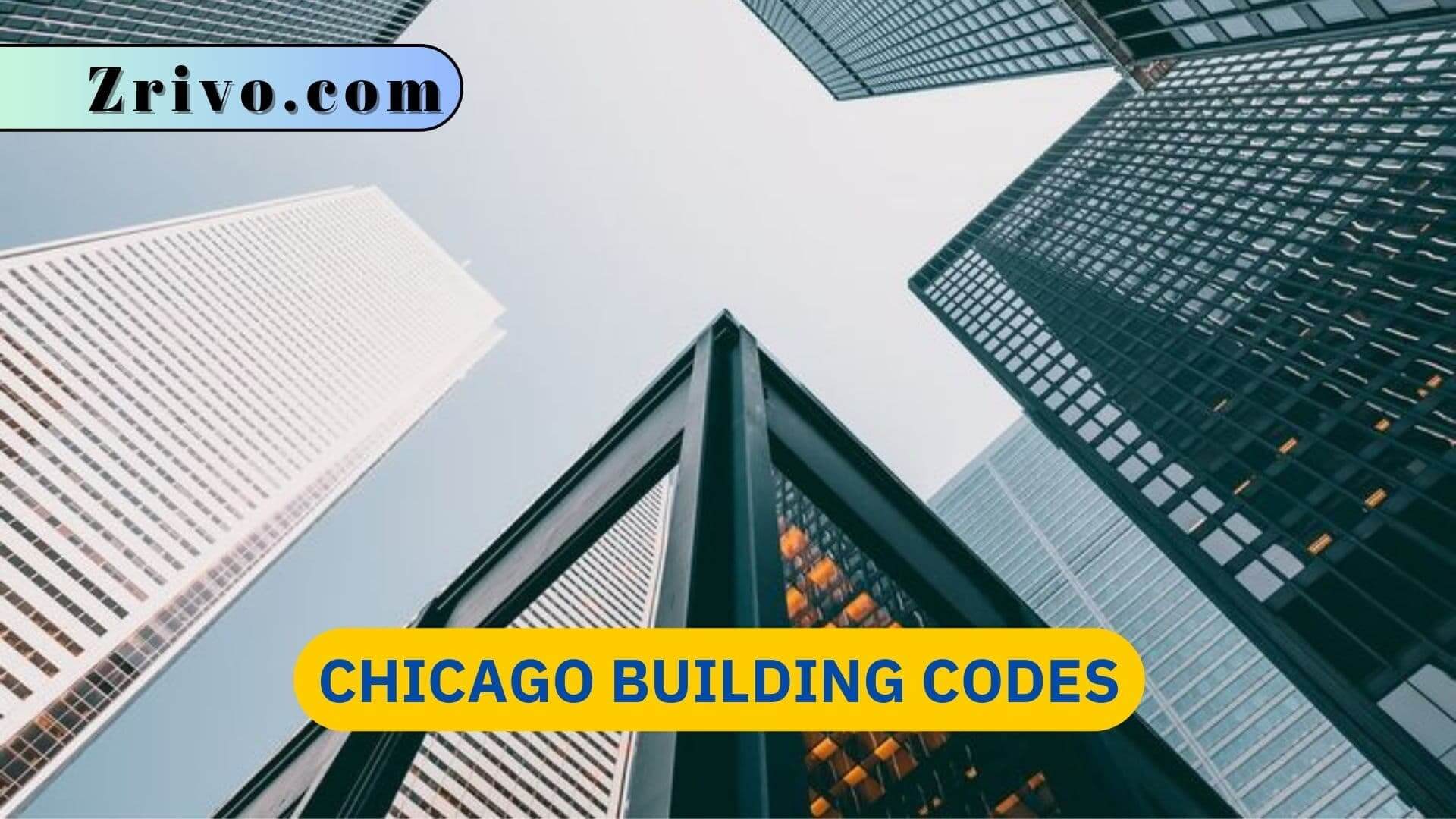
Chicago Building Codes are an extensive set of regulations that cover every aspect of construction, renovation, and use. They can have severe consequences for any building owner who fails to comply with the code standards. The most serious violations may result in the issuance of a stop work order or the permanent closure of a construction project. The great fires of London and Chicago prompted the creation of codes that aimed to reduce the risk posed by one building to surrounding structures. This led to regulations that addressed the need for fire escapes, water supplies, toilets, and sanitary drains. It also introduced requirements for constructing common walls between buildings to prevent a fire from spreading from one to another.
By 1920, major advances had been made in the scientific and engineering basis for establishing building codes. The Department of Commerce under Herbert Hoover encouraged uniformity in codes across the country and promoted the development of modern equipment and materials. However, politics and petty corruption thwarted efficient administration. It would be another 40 years before the city received a comprehensive revision to its code.
The latest Chicago building code, known as the City of Chicago Building Code (CBC), has been updated to reflect national standards and to ensure the safety of all occupants. The new code is based on the International Building Code and includes some Chicago-specific provisions. It will replace the previous code by 2022.

How to Obtain a Building Permit in Chicago?
Obtaining a building permit will ensure that you are complying with the City’s minimum standards for constructing, repairing, or altering your property. These standards exist to protect your health, safety, and welfare, as well as that of the neighbors and the public.
The City’s code is based on national and international models and standards and has been amended to reflect Chicago’s specific needs. These requirements are found in Title 14A of the Municipal Code.
Among the most significant changes to the code is the elimination of restrictions that favored vested craft unions. For example, in the past, every wall separating an individual apartment from other apartments had to be a masonry wall—a requirement that added significantly to construction costs. The new ordinance allows for a variety of materials to be used as long as they meet technical specifications.
The code also incorporates several common-sense, cost-saving recommendations advocated for by the Compact and other community partners, such as streamlining the permitting process and expanding the use of alternative plumbing materials. These changes will help owners do rehab at lower costs. Join us for an upcoming CBC Luncheon to learn more about the recent code modernization ordinance and what this means for Chicago’s building industry.